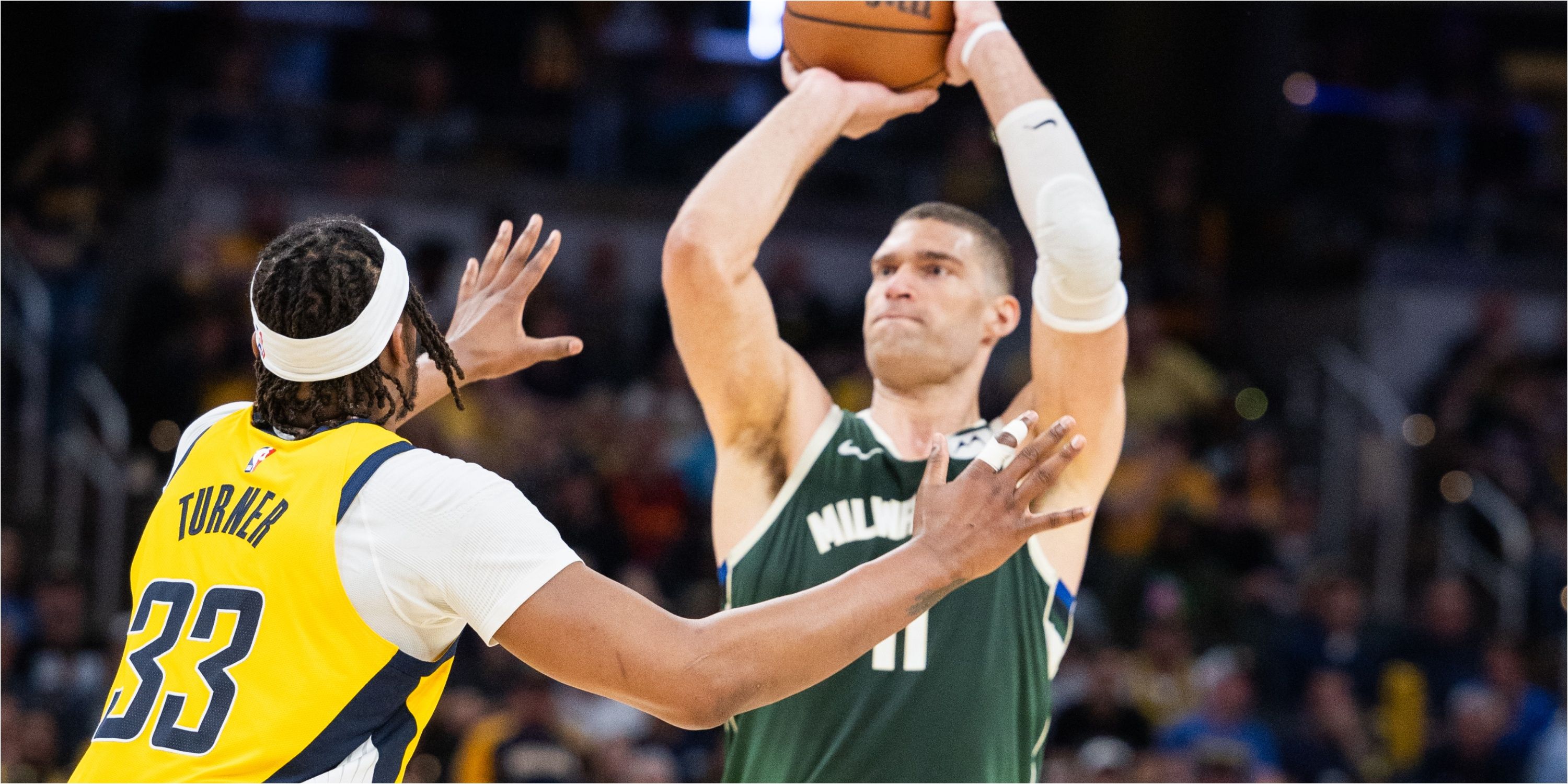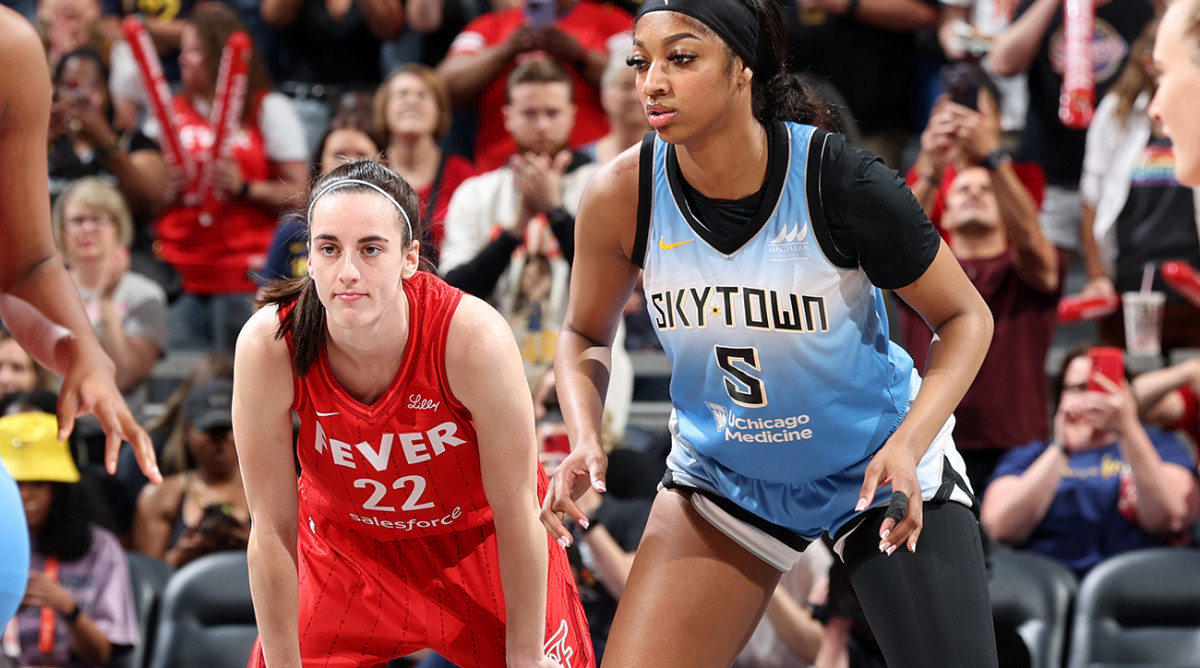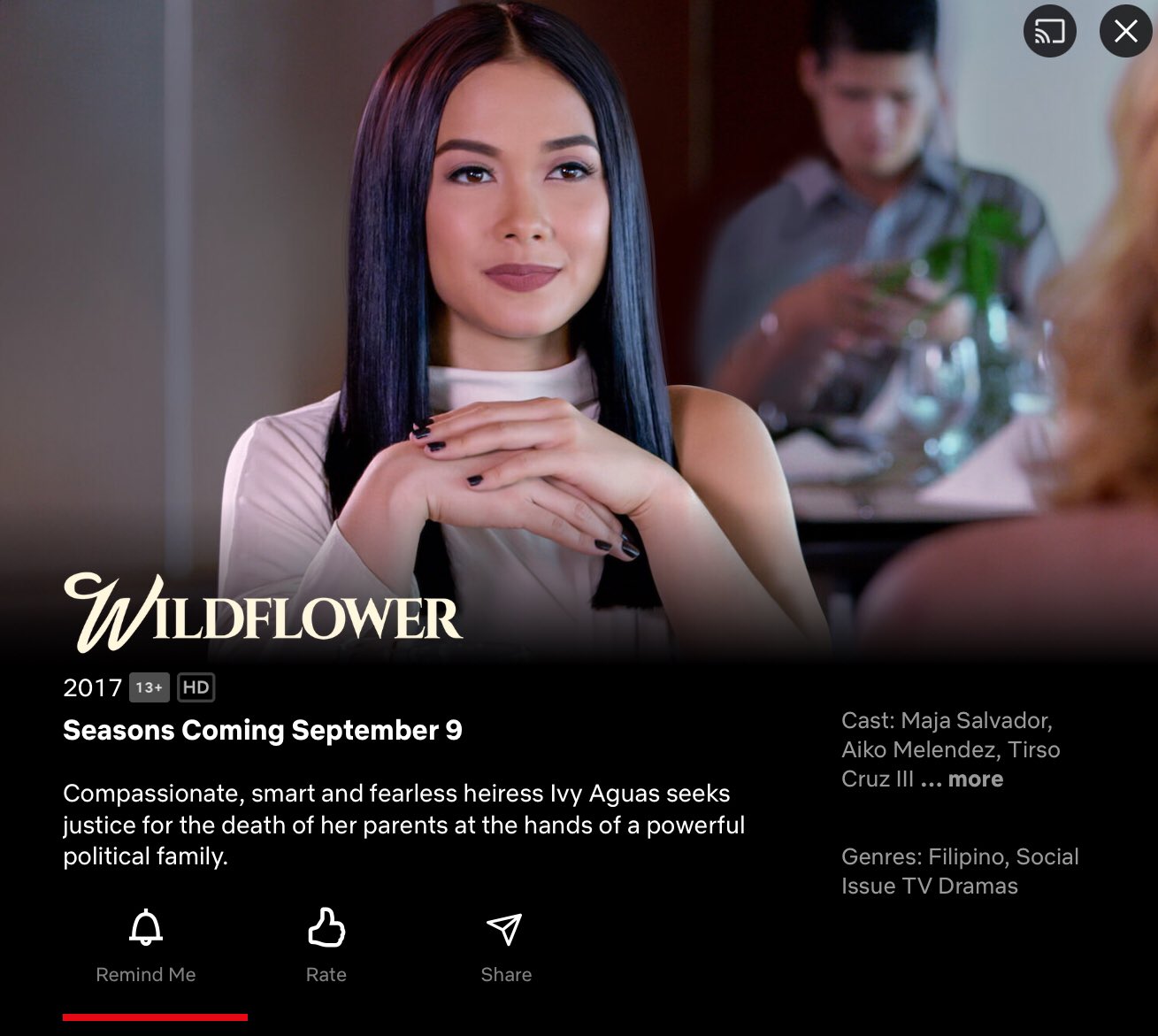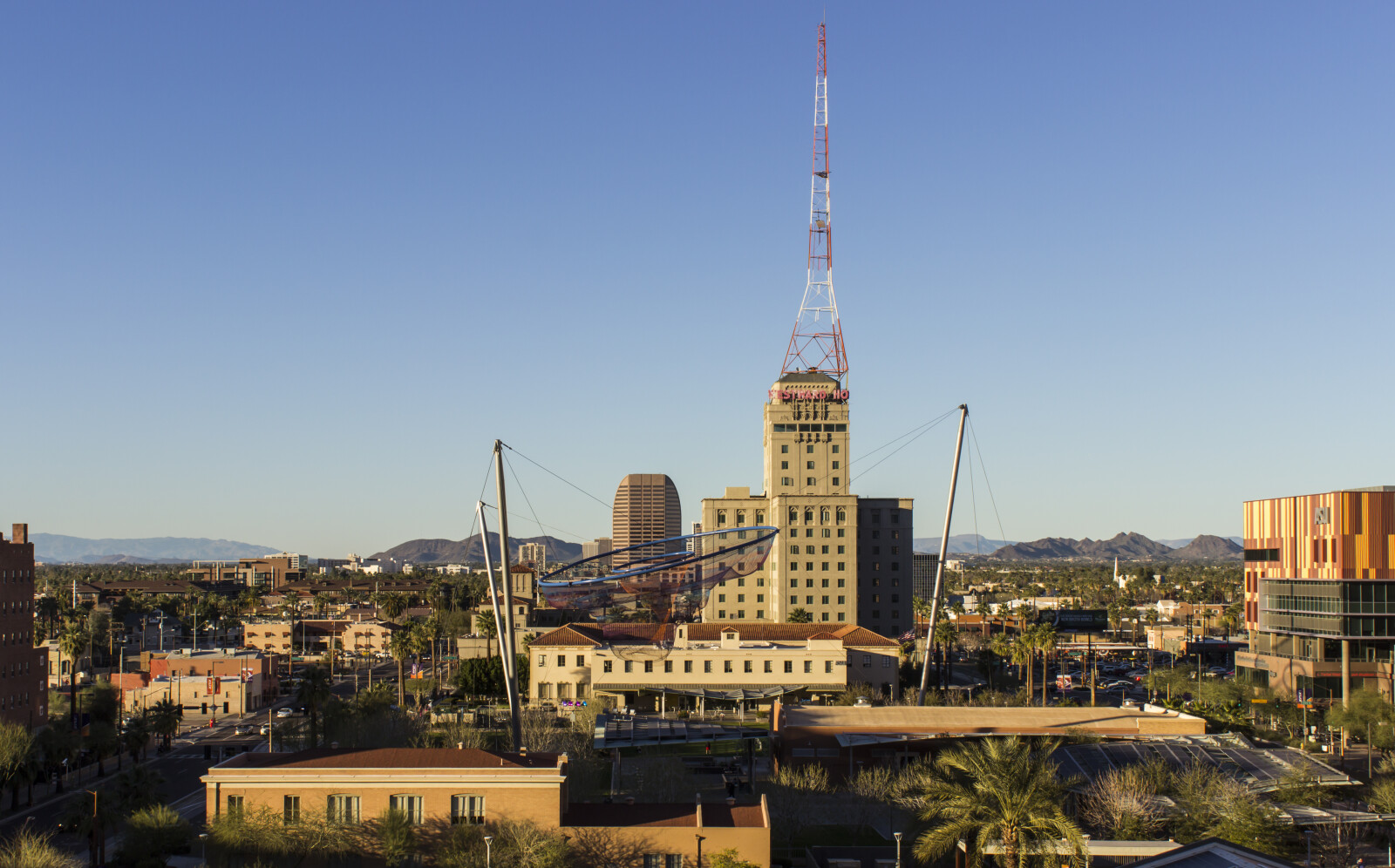
Bourbon Street Reopens as Shadows of New Orleans Attack Linger
Aftermath of Tragedy
As Bourbon Street, the iconic artery of New Orleans’ nightlife, reopens following a devastating attack, investigators delve deeper into the labyrinthine complexities of the incident. Amidst the vibrant music and bustling crowds, a somber undercurrent persists, raising questions about the safety of the city’s most celebrated thoroughfare and the underlying causes of such violence.
Need for Enhanced Security
In the wake of the attack, city officials have swiftly implemented heightened security measures, including increased police presence and the deployment of surveillance cameras. While these precautions aim to restore a sense of safety, experts acknowledge the need for a more comprehensive approach.
According to a recent study by the National Institute of Justice, increased police presence alone may not effectively deter crime. Instead, community-based initiatives that address the root causes of crime, such as poverty and inequality, are seen as crucial for long-term safety.
Perspectives on the Attack
The attack has sparked a range of perspectives on its causes and implications.
Local authorities: Police Superintendent Shaun Ferguson has attributed the incident to a “lone wolf” suspect and has emphasized the resilience of the New Orleans community.
Mental health experts: Some experts have pointed to the suspect’s history of mental illness and substance abuse as potential contributing factors to the attack.
Community activists: Grassroots organizations have voiced concerns about the city’s socio-economic disparities and the lack of support for marginalized communities, which they believe may have played a role in fostering a climate of violence.
Data and Evidence
Official data released by the New Orleans Police Department indicates a slight increase in violent crime in recent years. However, it’s important to note that overall crime rates in New Orleans have declined significantly since the 1990s.
According to a report by the New Orleans City Council, poverty rates in the city have consistently hovered around 25%, with certain neighborhoods facing even higher levels. Studies have shown a strong correlation between poverty and violent crime.
Balancing Safety and Vibrancy
As New Orleans grapples with the aftermath of the attack, the challenge lies in striking a delicate balance between enhancing safety and preserving the city’s unique charm and vibrancy.
Stakeholder engagement: City officials, law enforcement, business owners, and community members must work together to develop a comprehensive safety plan that addresses the needs of all stakeholders.
Evidence-based solutions: Implementing proven crime prevention strategies, such as community-oriented policing and youth programs, can help address the root causes of violence.
Promotion of economic development: By investing in underprivileged neighborhoods and creating opportunities for economic advancement, the city can reduce the disparities that may contribute to crime.
Conclusion
The reopening of Bourbon Street is a bittersweet moment for New Orleans. While the city’s spirit remains undeterred, the attack has cast a shadow over the future of one of its most cherished landmarks.
Addressing the complexities of this incident requires a multifaceted approach that incorporates enhanced security measures, community-based initiatives, and a commitment to promoting economic equity. Only through collaboration and a deep understanding of the underlying causes of violence can New Orleans ensure a safe and vibrant future for all its residents.
The attack on Bourbon Street serves as a stark reminder of the fragility of our communities and the importance of unwavering support for those who most need it. It is a call to action, urging us to confront the deep-rooted issues that contribute to violence and to work collectively towards a safer and just society.


















